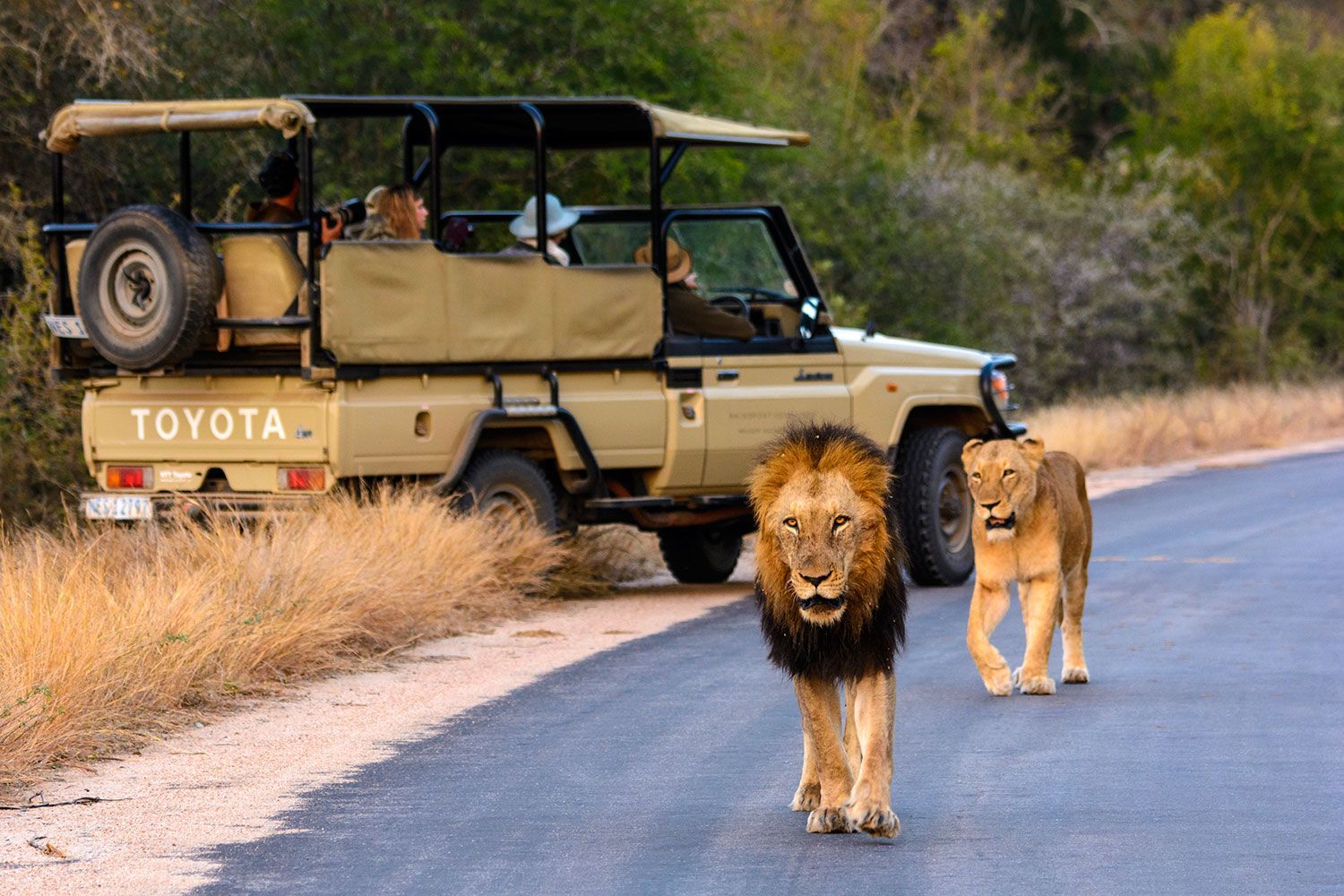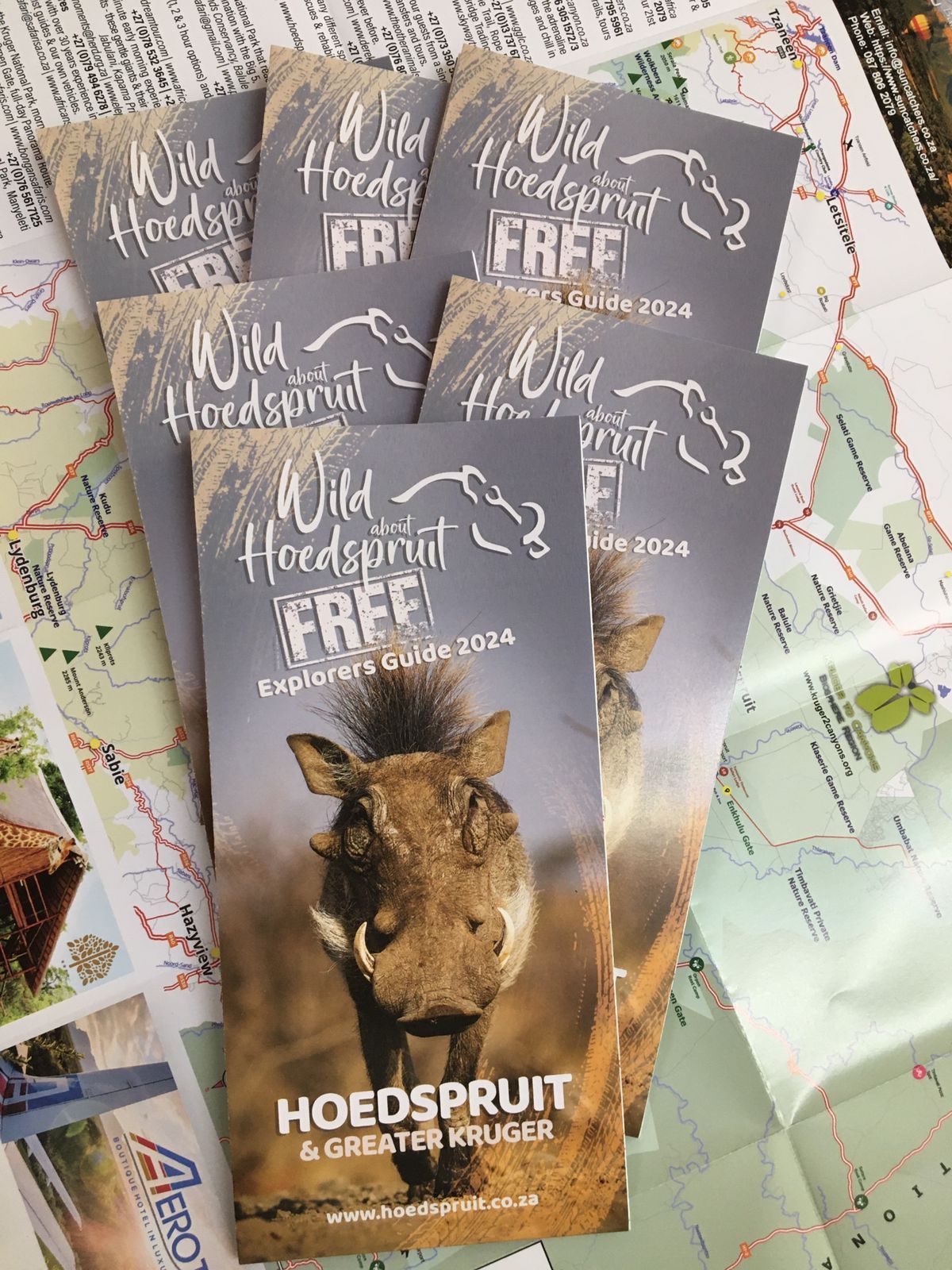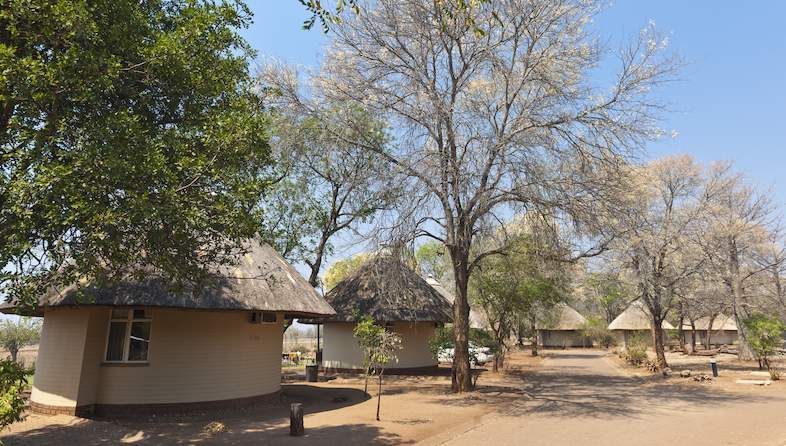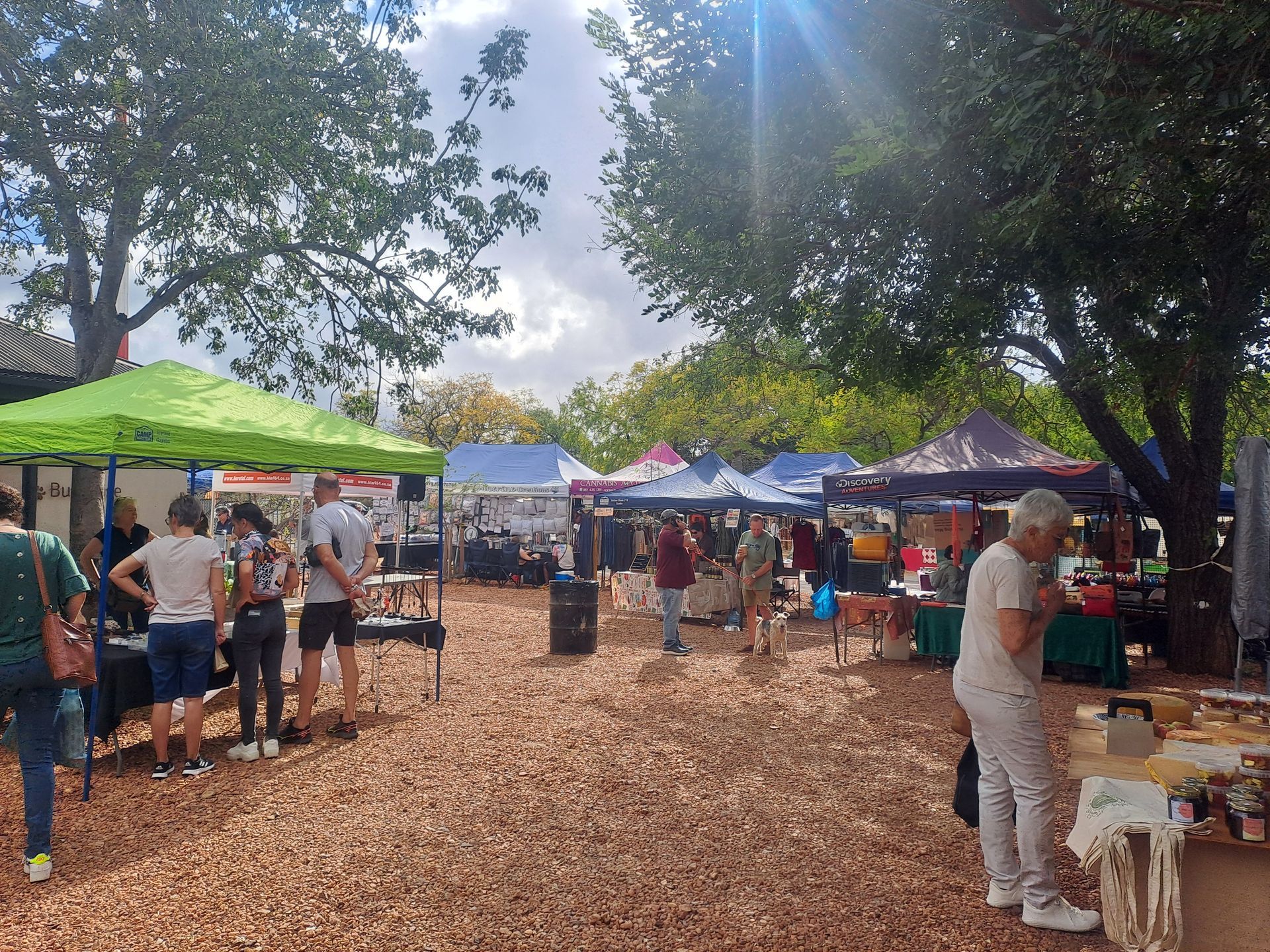African Wild Dog (Painted Dog) in Kruger National Park: A Complete Guide
The African Wild Dog, also known as the Painted Dog, is a captivating and endangered species that graces the diverse landscapes of Kruger National Park. Its distinctive coat and fascinating behavior make encountering these elusive canids a thrilling experience for wildlife enthusiasts.
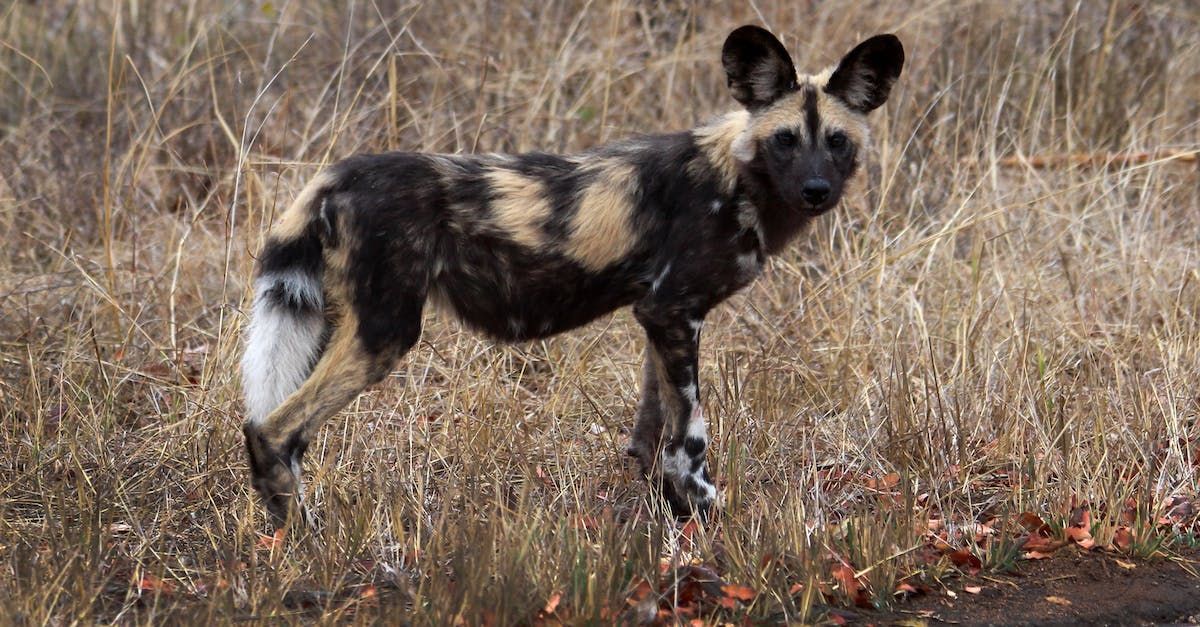
Why It's an Exciting Species to Encounter in Kruger
The African Wild Dog is an exciting species to encounter in Kruger due to its unique coat patterns, high intelligence, and the rarity of sightings. Witnessing a pack in action provides a rare glimpse into their cooperative hunting strategies and tight-knit social bonds.
Identification
Physical Characteristics
African Wild Dogs are easily identifiable by their striking coat patterns featuring a mix of black, white, and yellow patches. They have large, rounded ears and a lean, athletic build, distinguishing them from other predators in the park.
Unique Features for Easy Identification
Each individual's coat pattern is unique, acting like a natural fingerprint. Their large ears aid in efficient heat dissipation, essential for their active hunting lifestyle in the African heat.
Fascinating Facts
Interesting and Lesser-Known Facts about the Animal
African Wild Dogs are one of Africa's most endangered predators, with a complex and efficient social structure. They are skilled and cooperative hunters, relying on endurance rather than speed to pursue and capture prey. Their populations are indicators of a healthy ecosystem.
Its Role in the Ecosystem
As top predators, African Wild Dogs play a crucial role in controlling herbivore populations, preventing overgrazing and maintaining a balanced ecosystem. Their hunting behavior also helps control the spread of diseases among prey species.
Habitat and Range
Where in Kruger Can You Find This Animal?
African Wild Dogs roam a variety of habitats within Kruger, including savannas, grasslands, and woodlands. They are often found near water sources and open plains, where their prey is abundant.
Preferred Habitats and Behaviors
These canids are highly nomadic, covering large territories in search of prey. They are known to den in abandoned burrows and termite mounds, making their presence unpredictable within the park.
Best Times for Sighting
Seasonal Variations in Visibility
African Wild Dogs can be sighted throughout the year, but visibility may be better during the dry season (May to September) when vegetation is less dense. Mornings and late afternoons offer optimal lighting conditions for photography.
Preferred Times of the Day
Wild Dogs are crepuscular, meaning they are most active during dawn and dusk. Early morning and late afternoon game drives provide the best chances of encountering these elusive predators.
Behavior and Social Structure
Behavioral Patterns and Interactions
African Wild Dogs are highly social animals, living in packs led by an alpha pair. Their cooperative hunting involves intricate communication and a well-coordinated strategy. They are known for their vocalizations, including unique chirps and yips.
Social Dynamics if Applicable
Pack members exhibit strong bonds, often engaging in communal activities such as regurgitating food for pups and providing protection. Their social structure emphasizes cooperation, ensuring the survival of the entire pack.
Conservation Status
Current Conservation Status
African Wild Dogs are classified as "Endangered" due to habitat loss, human-wildlife conflict, and diseases transmitted by domestic dogs. Conservation efforts focus on habitat protection, anti-poaching measures, and community education.
Any Particular Threats or Challenges the Species Faces
Habitat fragmentation, diseases like canine distemper, and conflicts with humans pose significant threats. Mitigating these challenges requires a combination of conservation initiatives, community engagement, and responsible tourism practices.
Tips for Spotting
Key Signs to Look For
Look for fresh tracks, distinctive scat, and listening for their unique vocalizations. Reports from other safari vehicles and the presence of vultures or other scavengers may indicate the proximity of a Wild Dog pack.
Popular Regions within Kruger for Sightings
The central and northern regions of Kruger, including areas near the Letaba River and Mopani Rest Camp, are known for occasional Wild Dog sightings. However, due to their nomadic nature, sightings are unpredictable.
Encountering African Wild Dogs in Kruger National Park is a rare privilege that emphasizes the importance of responsible wildlife observation. As we marvel at their beauty and behavior, let's contribute to their conservation by supporting initiatives that protect their habitats and promote coexistence.
Additional Resources
- Kruger National Park
- African Wildlife Foundation: African Wild Dog
- Guided Safaris in Kruger: Wild About Kruger
Wild About Kruger
Explore the Wild About Kruger series, your comprehensive source for discovering the magic of Kruger National Park from the hub of Hoedspruit. Here, we delve into all you need to know, from incredible wildlife experiences to insider insights and travel arrangements.
Share This Article
Quicklinks
Related Articles
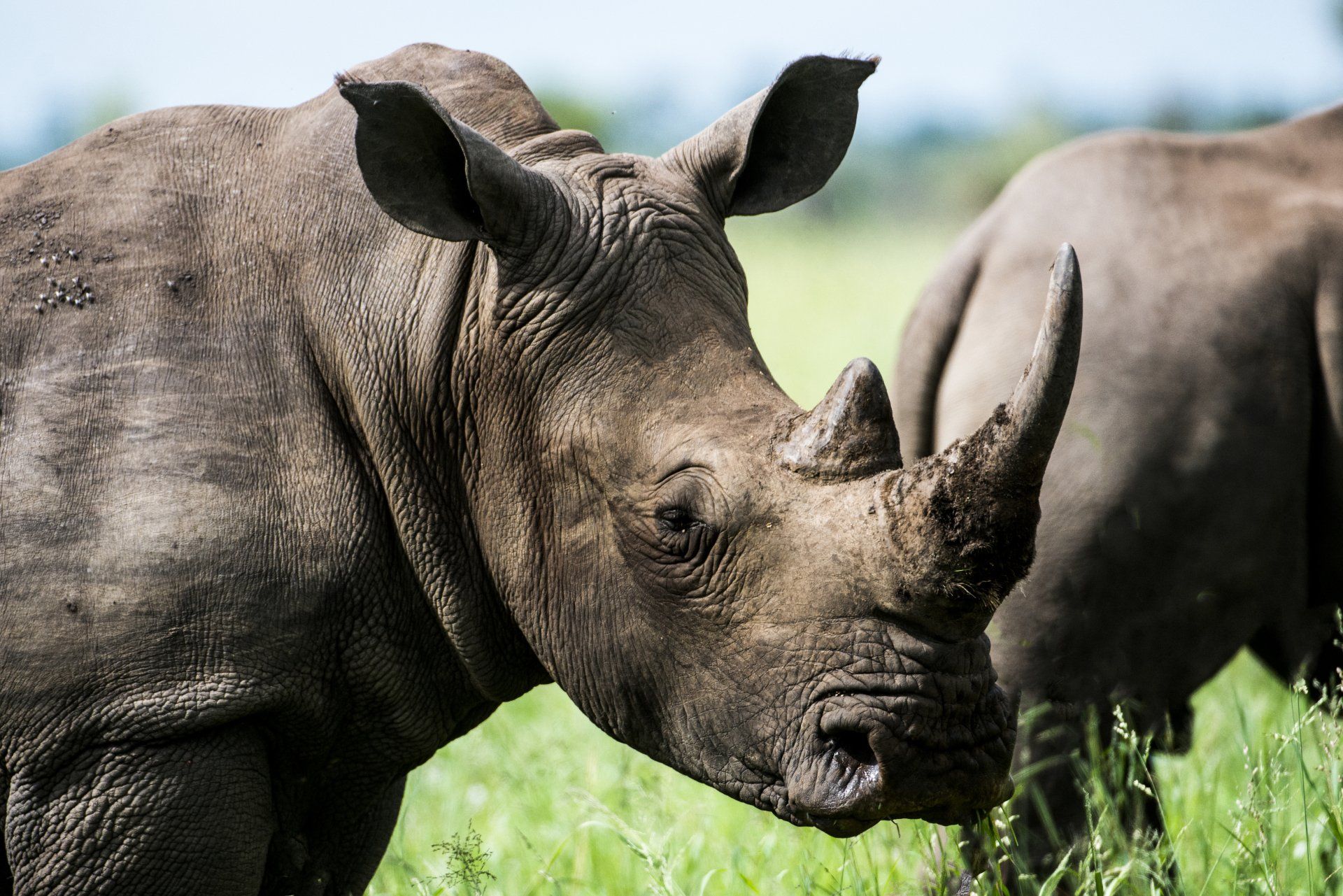


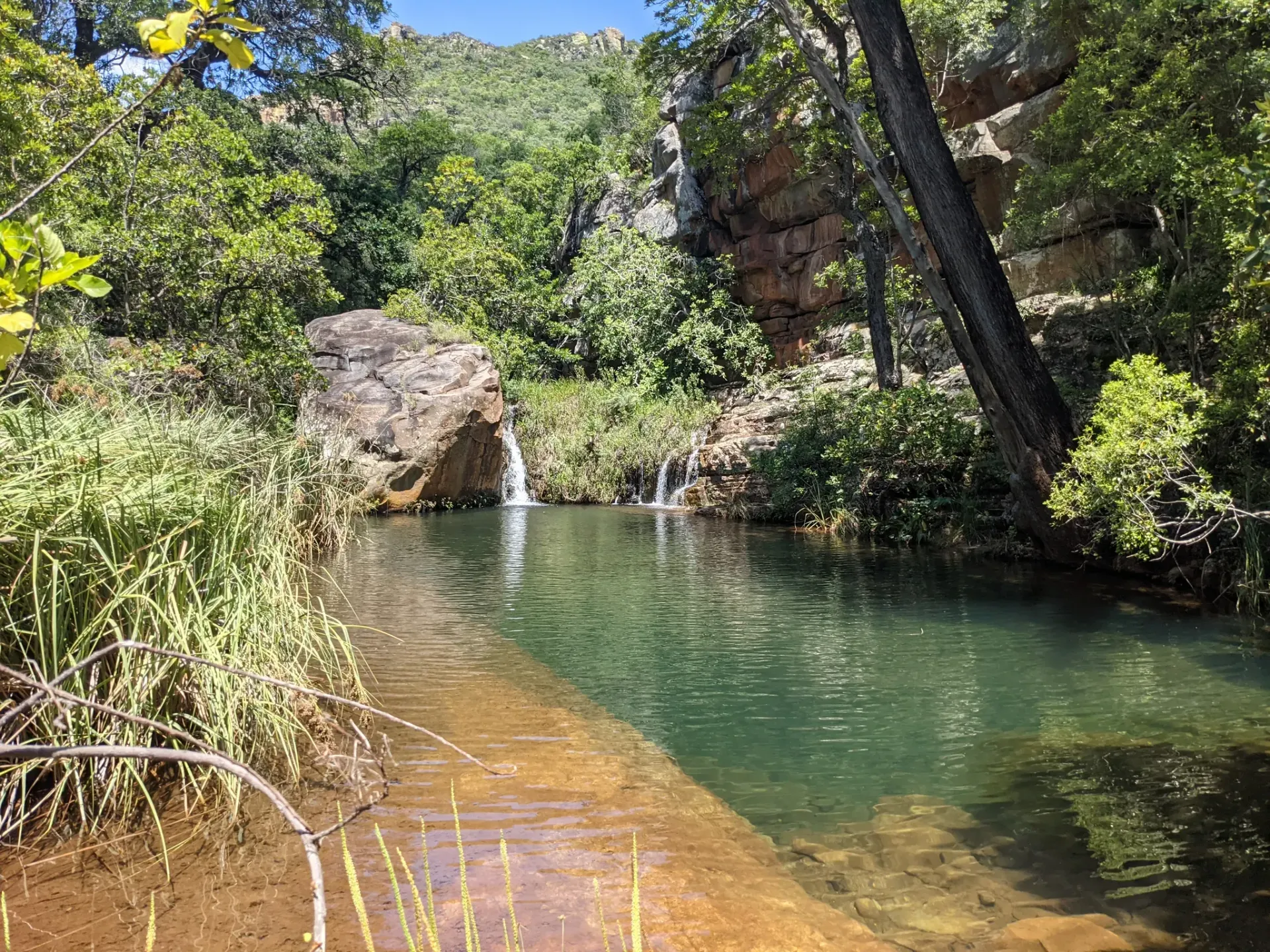

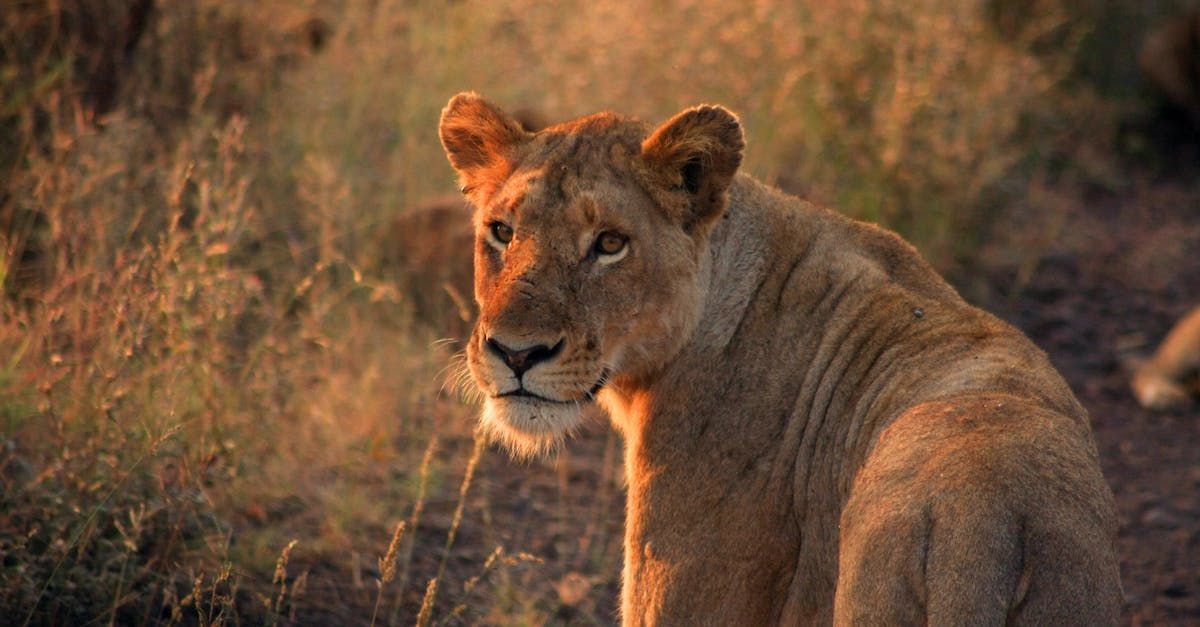

Hoedspruit Articles




